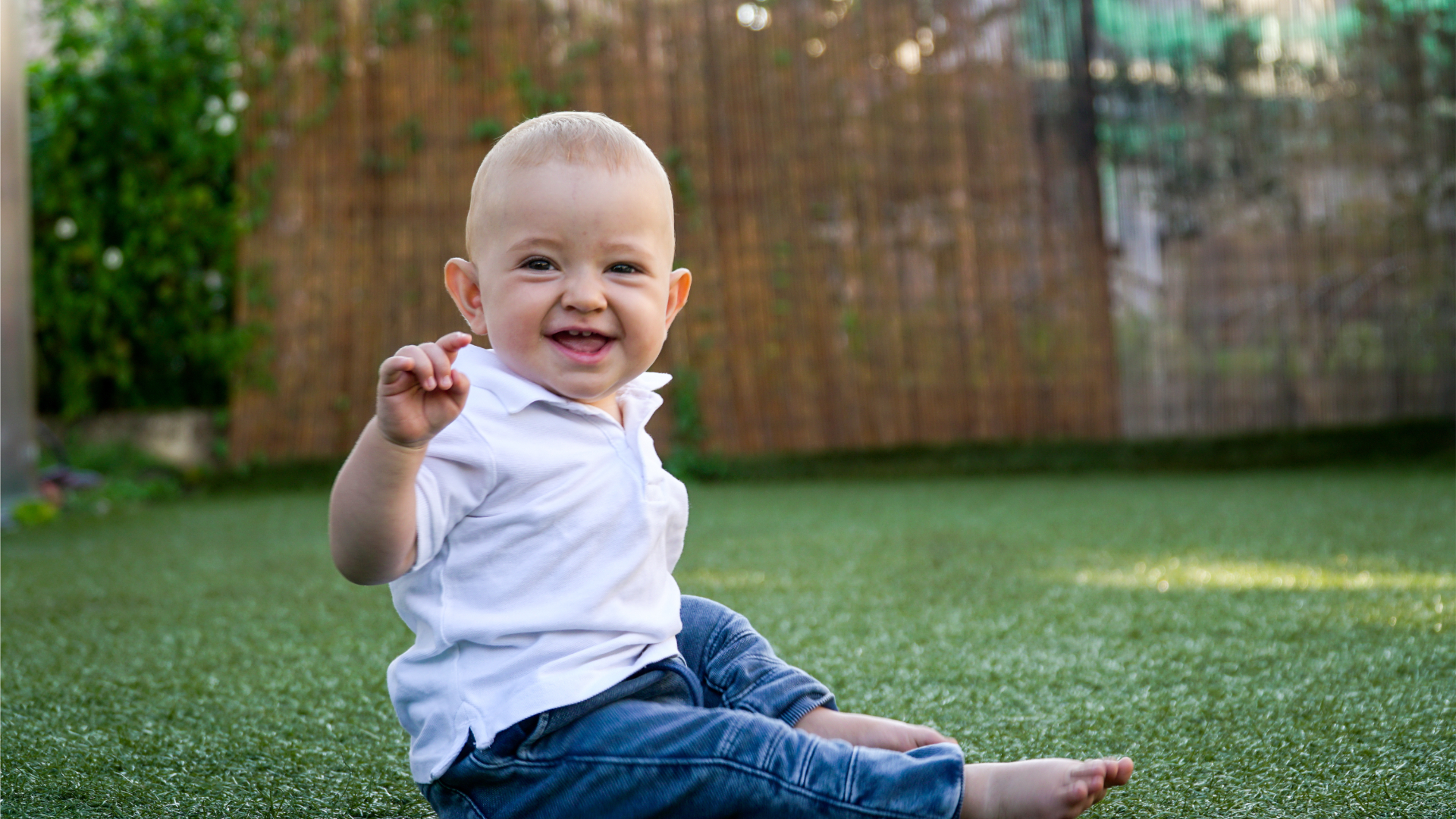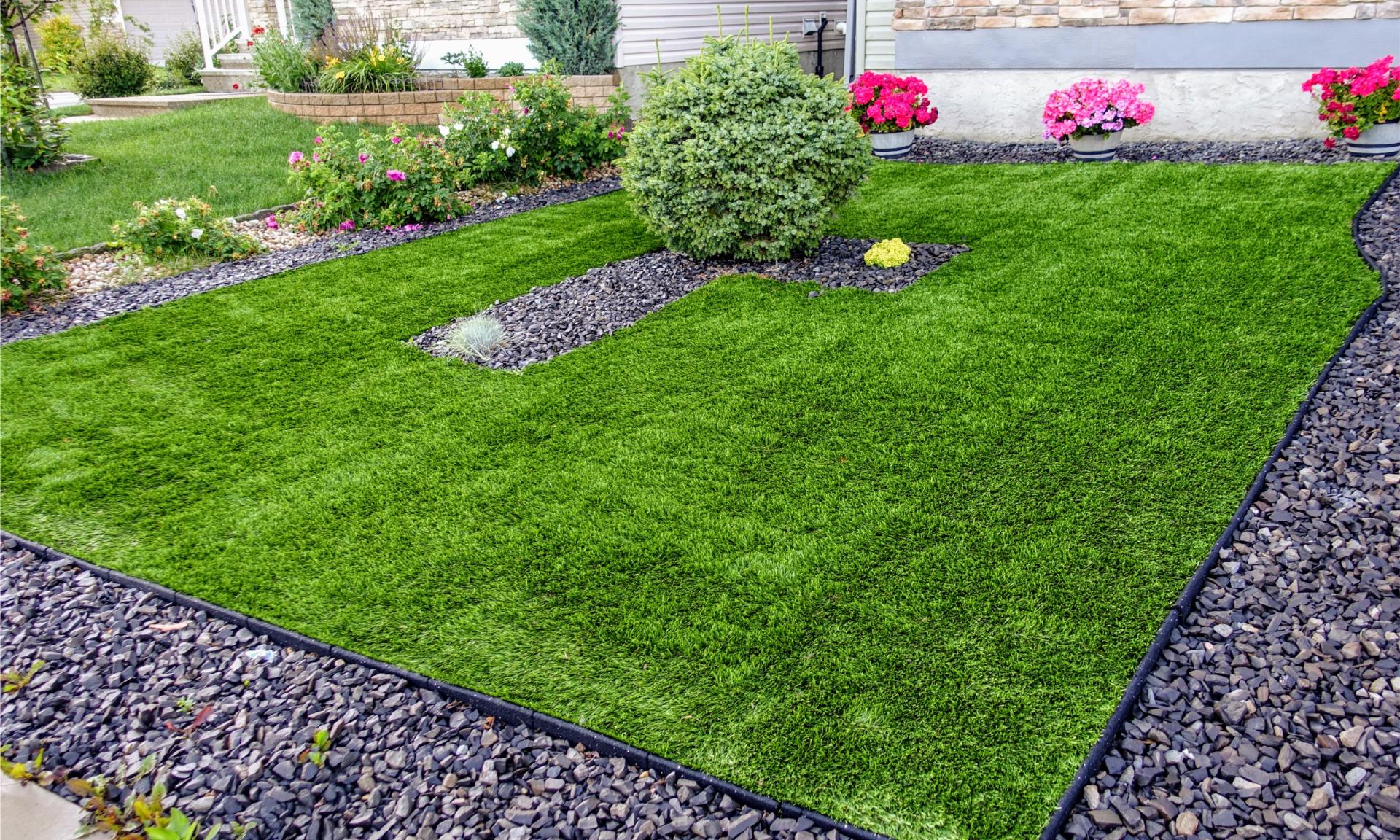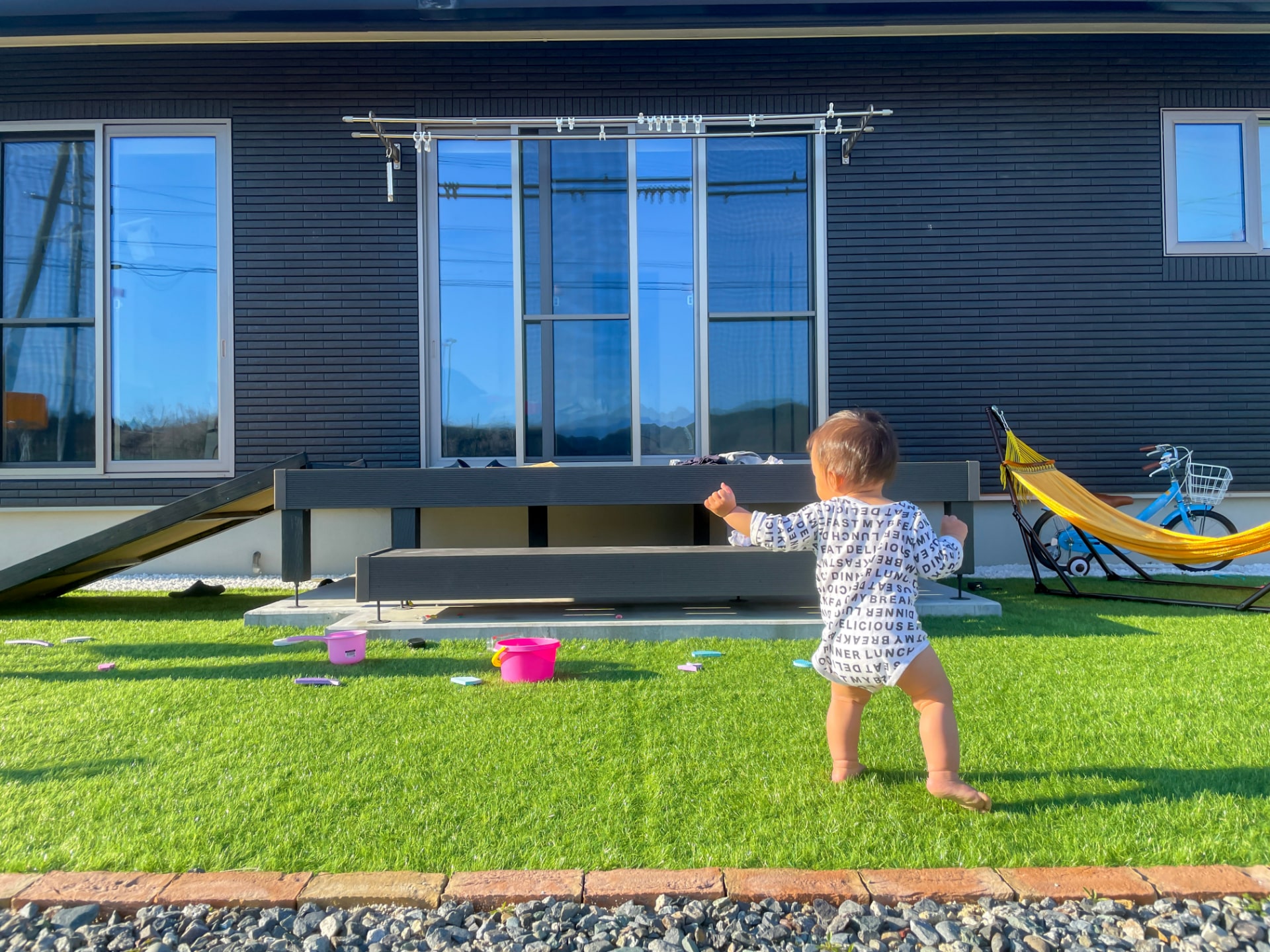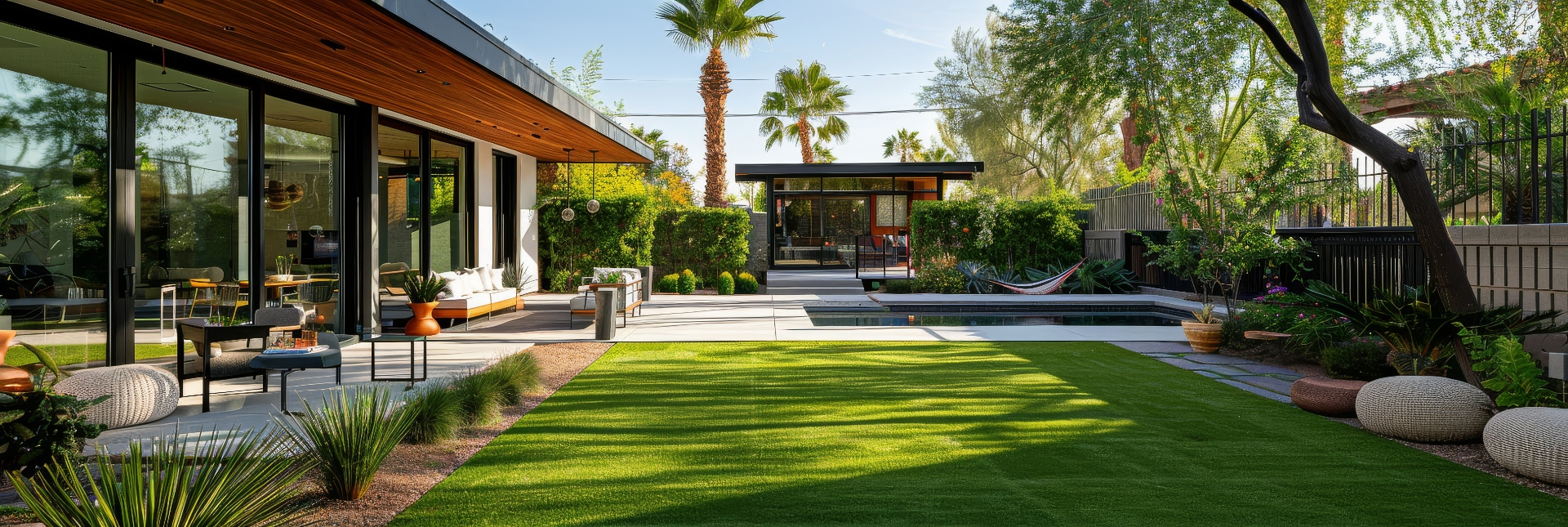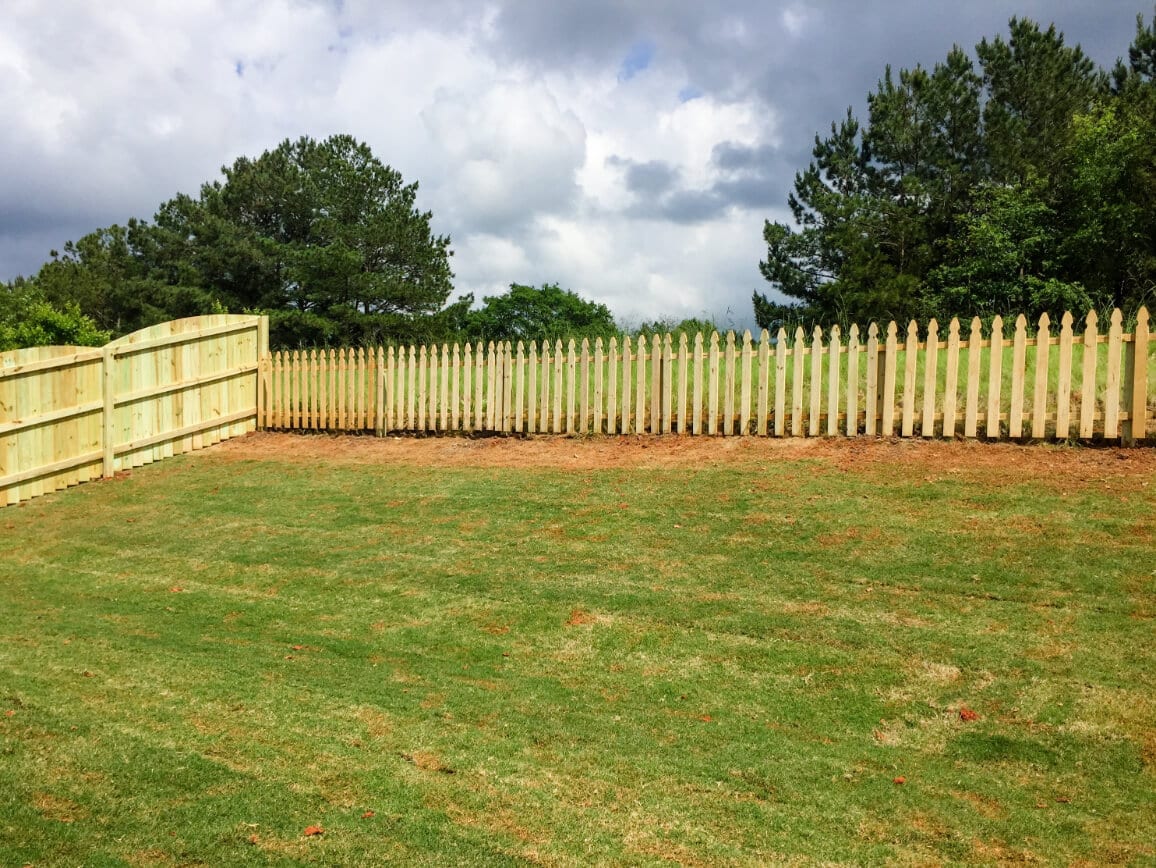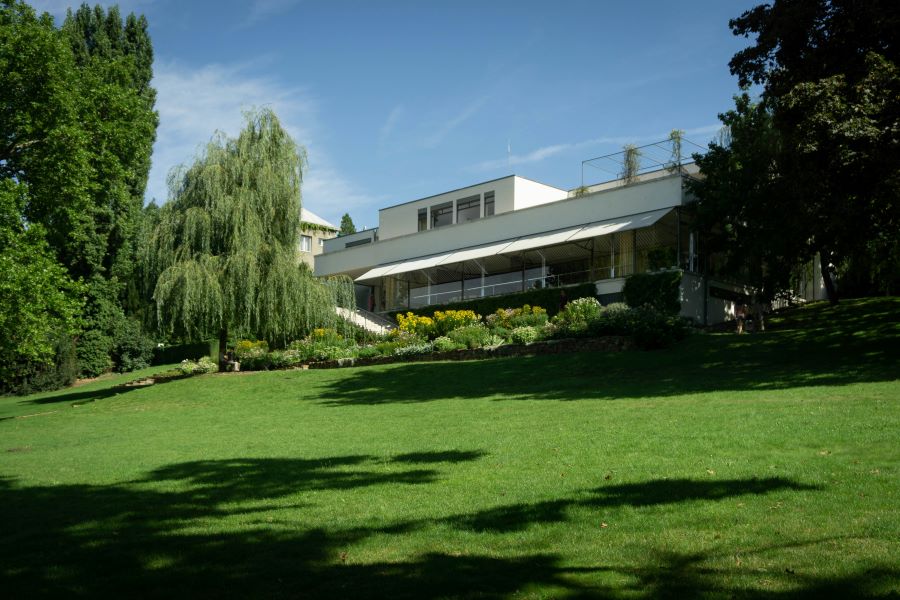How Can Artificial Grass Help Manage Allergies?
Allergies can ruin your time outside. A runny nose, itchy eyes, or constant sneezing isn’t anyone’s idea of fun. If you or someone in your family deals with these symptoms every time they step on the lawn, grass allergy might be the reason. That’s where artificial grass comes in. It doesn’t just look great—it can help create a cleaner, allergy-friendly space around your home.
The Allergy Problem with Natural Grass

Natural grass isn’t always as peaceful as it looks. It can be a big trigger for people with sensitivities. From pollen to mold, a regular yard hides a lot of stuff that can trigger allergies.
Pollen Production
Grass releases pollen, especially in the warmer months. This is one of the top causes of seasonal allergy symptoms. Pollen can travel through the air and stick to clothes, shoes, pets, and skin. Even short exposure can lead to sneezing, watery eyes, and congestion.
Weeds
It’s not just grass that’s the problem—weeds growing in your yard also produce pollen. Ragweed, plantain, and other common weeds hide in natural lawns and make things worse for allergy sufferers. Keeping them out is hard unless you’re out there pulling weeds every week.
Mold and Mildew
Moisture in soil, especially after rain or overwatering, creates the perfect spot for mold and mildew to grow. This isn’t always visible, but the spores can be a strong allergen. People who are sensitive can react just by walking through a damp patch of lawn.
Pest Control
Grassy areas attract insects like ants, ticks, and mosquitoes. Some people aren’t allergic to the grass itself but to the pest control products or the bites these pests leave behind. It’s one more thing to worry about in a natural yard.
What are the Symptoms of Grass Allergies?
You might not always realize what’s causing your reactions. The signs can look like a cold or a skin rash, but they often get worse after spending time on the lawn.
Common symptoms include:
- Itchy eyes and nose
- Sneezing fits
- Runny or blocked nose
- Skin rashes or skin irritation
- Trouble breathing
- Feeling tired or foggy after time outdoors
Some people even wonder, can you be allergic to turf? Or have an allergic reaction to AstroTurf. More on that soon—but for most people, the real problem is natural grass and what comes with it.
How Artificial Grass Reduces Allergens
Switching to artificial grass can lower exposure to many of the allergens found in a natural yard. It replaces living grass with synthetic fibers that don’t grow or decay the same way.
No Pollen Production
Artificial grass doesn’t grow, so it doesn’t make pollen. That’s a huge relief for anyone with a grass allergy. You can walk, sit, or play on it without stirring up pollen into the air.
Weed Control
Weeds have a harder time growing through synthetic grass. With the right underlayer and installation, you can stop most weeds before they start. If you want to go further, check out our guide on how to eliminate weeds in artificial grass for extra tips.
Reduced Mold and Mildew
Because artificial grass doesn’t trap moisture like soil, you’re less likely to find mold or mildew under the surface. Water drains quickly, so the area stays dry, even after a storm or heavy watering.
No Mowing
Cutting natural grass spreads pollen and dust, which can trigger allergic reactions. Artificial grass needs no mowing at all. You save time and avoid sending allergens into the air.
Fewer Pests
Bugs like damp, messy lawns. Artificial grass has no soil, so pests can’t build homes as easily. That means fewer bites and fewer itchy eyes from products used to chase pests away.
Additional Benefits of Artificial Grass for Allergy Sufferers
Beyond reducing allergens, artificial grass makes life easier in other ways, too. It gives you more time to enjoy your outdoor space without extra work or sneezing fits.
Low Maintenance
Artificial grass stays neat without mowing, watering, or fertilizing. You don’t need to deal with chemicals that might trigger allergies or lead to a turf allergy. A quick brush or rinse is usually enough to keep it looking great.
Cleanliness
No mud, no dirt, no tracked-in mess. Artificial lawns stay cleaner than natural ones. Kids and pets can play without dragging allergens inside.
Consistent Appearance
Some days your real grass looks great, and some days it’s patchy or brown. Artificial grass looks the same year-round. No surprise growth, no overgrown weeds, and no seasonal changes to manage.
Choosing the Right Artificial Grass for Allergy Management
Picking the best turf for your yard matters. Not all artificial grass is made the same, especially when it comes to quality and comfort.
Infill Options
Infill helps the grass stand upright and adds cushioning. Some types of infill, like crumb rubber, may release particles that bother people with allergic reactions in sensitive groups. Look for hypoallergenic or silica-based options instead.
Installation Quality
A good installation prevents gaps where weeds or mold can grow. Poor drainage or uneven surfaces can create damp areas, so make sure your contractor knows how to do it right. You can always get in touch with our artificial grass specialists for expert help with this step.
Pile Height and Density
A shorter pile height is easier to clean and less likely to trap dust. Thicker, denser turf may feel softer but could hide more particles. Find the balance that works for your space and your sensitivities.
Material and Safety
Always ask what the turf is made from. High-quality artificial grass products use synthetic fibers that are non-toxic and safe for pets and kids. Some cheaper options might contain materials that could cause an allergic reaction to astro turf, especially in hot or humid weather.
For help comparing different styles, you can browse our guide on types of artificial grass to match your needs.
Maintaining Your Artificial Grass for Allergy Control
Even though artificial turf is low-maintenance, it still needs regular care to stay clean and allergy-friendly.
Regular Cleaning
Brush off leaves, pollen, and dust with a stiff broom or a plastic rake. Doing this once or twice a week during allergy season can really help reduce allergy triggers.
Deep Cleaning
Once a month (or more if you have pets), use a hose or turf-friendly cleaner to wash away built-up debris. This helps prevent any mold or mildew from forming underneath.
Inspecting and Addressing Issues
Check for any signs of wear, damage, or poor drainage. Fixing problems early keeps your yard safer and keeps allergens from creeping back in. If your turf is older, it may be time to upgrade to newer turf and get features that better support allergy control.
If you’re in a region with high pollen levels, such as the desert, installing artificial turf in Las Vegas is a great option. It suits the dry climate perfectly and can help minimize seasonal allergy problems.
Artificial Grass Can Really Help You Breathe Easier
Allergies can make your backyard feel off-limits. But it doesn’t have to stay that way. Artificial grass offers a cleaner, lower-allergen outdoor space that still looks and feels like the real thing. It cuts out pollen, weeds, mold, and pests—all the stuff that makes allergies worse.
If you’ve ever asked, can you be allergic to turf? the answer is yes, but it’s extremely rare and usually caused by low-quality materials. Most people find that artificial turf eases their allergy symptoms instead of making them worse.
From reducing maintenance to helping you feel better outside, synthetic grass is a solid option for creating a space where you can relax, play, or entertain without the sniffles.





